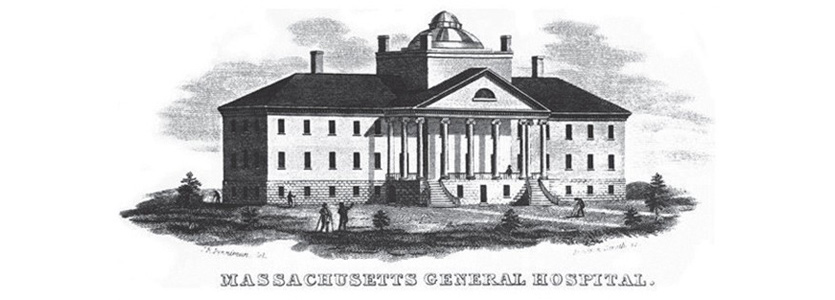Internal Medicine Residency Program

The Massachusetts General Hospital first opened the doors of its historic Bulfinch Building to patients in 1821 after a petition was signed by the Massachusetts legislature in 1811 to create a general hospital which would serve Boston’s poor and ill. In the now-famous Circular Letter written in 1810, Drs. James Jackson and John Collins Warren called the city to action by stating that “when in distress every man becomes our neighbor.”
In 1830, the hospital appointed a House Physician and a House Surgeon with one year of medical training under their belts—most of whom had recently graduated from Harvard Medical School. Their responsibility would be to care for patients on Bulfinch wards and to oversee the House Pupils, junior doctors who would live alongside them in the hospital. In the late 1850s, the hospital appointed a physician as the administrative head of the house staff, named the Resident Physician. The medical housestaff would learn under the tutelage of James Jackson and a variety of visiting community physicians, known as the “Visits.” In 1922, the term "house pupils" was abandoned and trainees became known as house officers, interns or residents.
Since then, our training program has grown over almost 200 years and inhabited various buildings and wards throughout the hospital—expanding with the development of intensive care units and specialty wards to care for patients on the cardiology and oncology services. Throughout its time, the Bigelow Medical Service has had many iterations, but over the last 40 years it has centered around the team-based care of the patient and has served as an arena for the formation of generations of leaders in clinical care, medical education and biomedical research, all of whom are grounded in clinical medicine.
